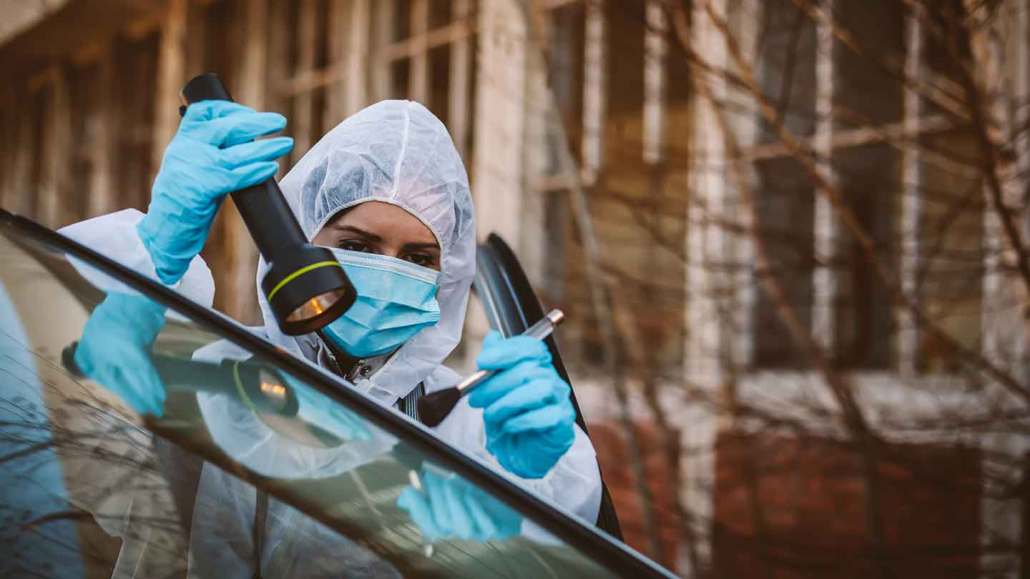Questions for ‘Forensic scientists gain an edge on crime’

Forensics teams often “dust for prints” to find evidence that can identify precisely whose fingers touched something at a crime scene. Some of those prints may have been too faint to detect — until now. A new chemical technique can reveal hidden ones. It’s among a host of new developments to aid crime-solvers.
Milan Markovic/E+/Getty Images Plus